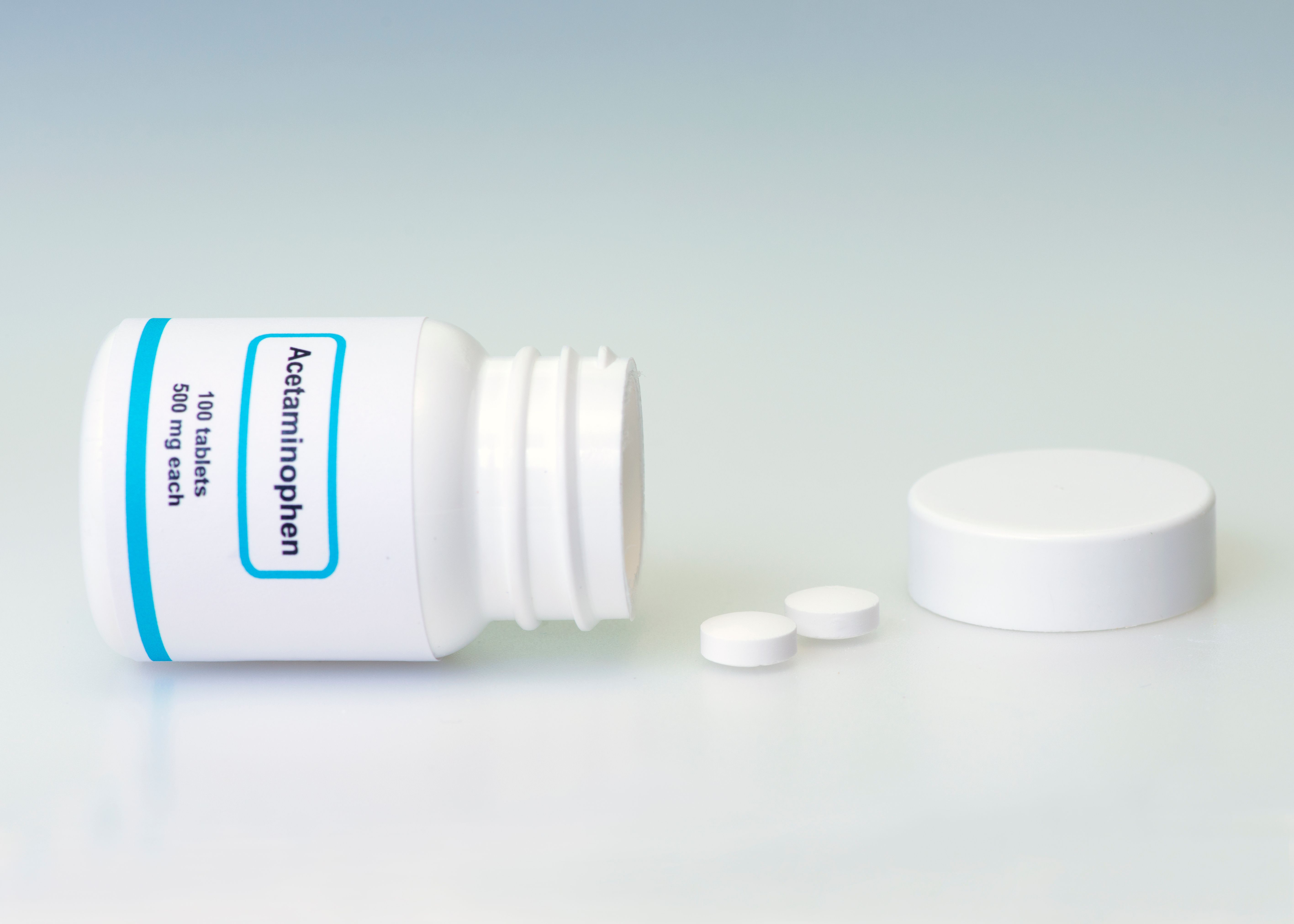News
Article
Experts Create Guidelines for Management of Acetaminophen Poisoning
Author(s):
A panel released recommendations in accordance with decades of a changing landscape in acetaminophen poisoning and due to an absence of agreed upon guidelines in the space.
A panel of experts recently created a set of guidelines for emergency department management of single or repeated ingestion of acetaminophen, in addition to addressing topics such as high-risk ingestion, pregnancy, and intravenous (IV) acetaminophen use, according to a consensus statement published in the Journal of the American Medical Association.
Image credit: Sherry Young - stock.adobe.com

Acetaminophen poisoning can occur due to inadvertent consumption of repeated doses in the treatment of pain, fever, or an attempt at self-harm. Hepatocellular damage characterizes the toxic effects of acetaminophen, and can lead to acute liver injury, acute liver failure, or death.
There has been significant variability in the management of acetaminophen poisoning due to the lack of formal published nationwide guidance for specialists in poison information in the United States and Canada.
Of further concern to the researchers is the introduction of products with greater amounts of acetaminophen and new combination drugs of acetaminophen with opioids or other ingredients. These concerns led to an assembling of panel members from the leading toxicology organizations of the United States and Canada to create recommendations for acetaminophen poisoning.
The panel was comprised of 21 experts trained in multiple relevant clinical specialties. Evidence was selected through a search of various software and databases; the final tally of literature consisted of 84 guidelines and 278 publications.
Firstly, the investigators sought to clarify the definition of acute ingestion, which they determined to include any ingestion period of less than 24 hours regardless of the ingestion pattern. Consequently, they chose to revise the Rumack-Matthew nomogram—which determines the need for treatment with acetylcysteine—to only include lines that guide clinical action. The blood concentration of acetaminophen would be plotted on the nomogram, and acetylcysteine would be administered to patients whose concentration is above the treatment line.
Regarding the administration of acetylcysteine, the researchers said the initial dose should be administered as soon as the need for treatment becomes evident, either orally or intravenously. The panel recommended the use of a regimen that delivers at least 300 mg/kg orally or intravenously during the first 20 to 24 hours of treatment and continued until the stopping criteria are met.
The investigators defined a high-risk ingestion as at least 30 g of acetaminophen or an acetaminophen concentration above the high-risk line on the nomogram. They wrote that a high-risk ingestion should be managed in the same manner as other acetaminophen products, with the consideration that activated charcoal administration may be warranted longer than 4 hours after ingestion.
Supratherapeutic ingestion, which is defined as multiple ingestions for a period greater than 24 hours, should be managed in accordance with the patient’s presentation. Like the management of high-risk ingestion, poisoning with extended-release acetaminophen products should be treated the same as other products, with the activated charcoal consideration in mind.
Next, the investigators discussed co-ingestion of acetaminophen and anticholinergic or opioid agonist medications. They wrote that the clinical concern is the prolonged or delayed absorption of acetaminophen. Management remains the same as with other products, except that if the first acetaminophen concentration measured at 4 to 24 hours after ingestion is 10 μg/mL or less, acetylcysteine treatment is not necessary.
For patients younger than 6 years of age, treatment is the same, with the expectation that the clinician will contact their PC or clinical toxicologist if the child receives a single IV dose of acetaminophen of 90 mg/kg body weight or a cumulative dose greater than 150 mg/kg body weight during 24 hours.
Evaluation and management of acetaminophen poisoning in someone who is pregnant is the same, except that some clinicians prefer the administration of acetylcysteine intravenously. Enhanced elimination is recommended only when a very large ingestion has occurred, with investigators recommending hemodialysis in addition to treatment with acetylcysteine.
In patients with progressive increases in aspartate aminotransferase or alanine aminotransferase and coagulation abnormalities, consultation with a liver transplant team for a possible transplant should be considered, the investigators wrote.
Some of the changes the panel identified in the management of acetaminophen poisoning may perplex clinicians, the investigators wrote. Chief among these is the importance of patient history; an inaccurate assessment of a patient’s history can cause potentially fatal mistakes.
Therefore, the investigators recommended the patient receive acetylcysteine even if there are doubts about their history. Although some patients may receive acetylcysteine unnecessarily, due to its safety and inexpensiveness, the trade-off is acceptable compared to the alternative, the authors wrote.
“Future work should focus on refining critical elements of history-taking in poisoned patients, comparative effectiveness and safety research on various acetylcysteine regimens, and refining the clinical roles of fomepizole and hemodialysis in acetaminophen poisoning,” the investigators concluded.
Reference
Dart RC, Mullins ME, Matoushek T, et al. Management of acetaminophen poisoning in the US and Canada: a consensus statement. JAMA Netw Open. 2023;6(8):e2327739. doi:10.1001/jamanetworkopen.2023.27739
Newsletter
Stay informed on drug updates, treatment guidelines, and pharmacy practice trends—subscribe to Pharmacy Times for weekly clinical insights.






